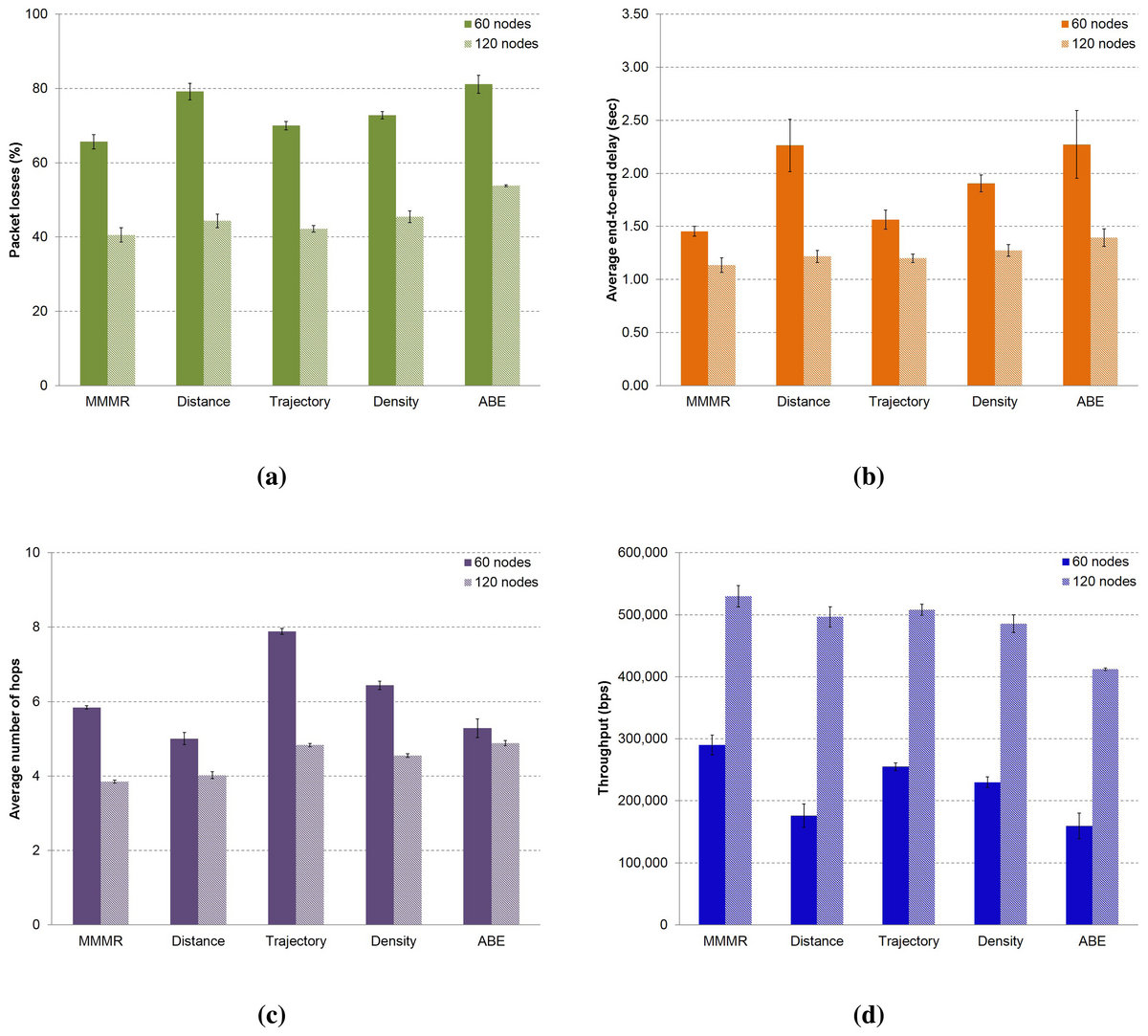
Make sure your child sees his or her healthcare provider for a diagnosis. The symptoms of head injury can be like other health conditions. Locked-in syndrome, a condition where a person is conscious and can think, but can’t speak or move Loss of thinking and awareness of surroundings (vegetative state) Loss of consciousness and can’t be awakened (coma) Symptoms of moderate to severe head injury may include any of the above plus:īlood or clear fluid draining from ears or noseĭark circle in the center of the eye (pupil) looks larger in one eye Raised, swollen area from a bump or a bruise Symptoms of mild head injury may include: Symptoms can occur a bit differently in each child, and vary depending on how severe the injury is. What are the symptoms of a head injury in a child? Children who play sports such as football, soccer, hockey, and basketball are also at higher risk of concussion. Head injuries are more common in the spring and summer months, when children are very active in outdoor activities such as riding bikes, roller skating, or skateboarding. Head injuries happen twice as often in boys than in girls. The risk of head injury is high in teens.

Which children are at risk for a head injury? Common causes are:Ī motor vehicle accident, or being struck by a vehicle while walking There are many causes of head injury in children. A child with this fracture may need to be watched closely in the hospital. This is because of a tear in part of the covering of the brain. They may also have clear fluid draining from their nose or ears. Children with this type of fracture often have bruises around their eyes and a bruise behind their ear. It can be a serious type of skull fracture. This is a break in the bone at the base of the skull. These fractures are more often seen in newborns and infants.īasilar skull fracture. With this type of fracture, the normal suture lines are widened. These are the jagged lines between the skull bones that grow together (fuse) as a child grows. This is a fracture that occurs along the suture lines in the skull. If the inner part of the skull is pressed against the brain, this type of skull fracture needs surgery to help correct it.ĭiastatic skull fracture. This may happen with or without a cut in the scalp. With this fracture, part of the skull is sunken in where the bone is broken. No treatment is usually needed.ĭepressed skull fracture. He or she can usually go back to normal activities in a few days.

Your child may be watched closely in the hospital for a brief time. This is a break in the bone that does not move the bone. There are 4 major types of skull fractures: Skull fractureĪ skull fracture is a break in the skull bone. The jarring of the brain against the sides of the skull can cause tearing of the internal lining, tissues, and blood vessels. This injury can happen from a direct blow to the head, violent shaking of a child, or a whiplash-type injury from a motor vehicle accident. In some cases, a contusion may occur on the opposite side of the head because of the brain hitting the skull. A contusion causes bleeding and swelling inside of the brain around the area where the head was struck.

Some concussions are mild and brief, and you may not know right away that a concussion has occurred. Sometimes, this can result in a loss of awareness or alertness for a few minutes up to a few hours. This is an injury to the head that may cause the brain to not work normally for a short time. Types of head injuries include: Concussion Head injuries are one of the most common causes of disability and death in children. Or it can be a concussion, a deep cut or open wound, broken skull bones, internal bleeding, or damage to the brain. A head injury is also often called a brain injury or traumatic brain injury (TBI), depending on the extent of the injury.Ī head injury can be as mild as a bump, bruise (contusion), or cut on the head. Head Injury in Children What is a head injury in children?Ī head injury is any kind of damage to the scalp, skull, brain, or other tissue and blood vessels in the head.


 0 kommentar(er)
0 kommentar(er)
